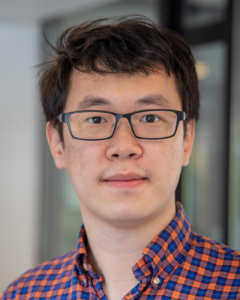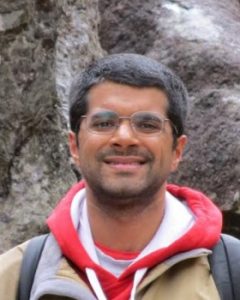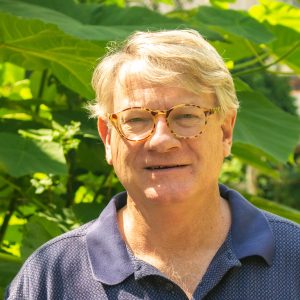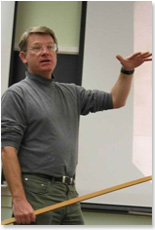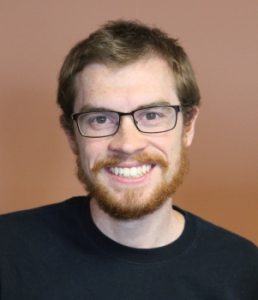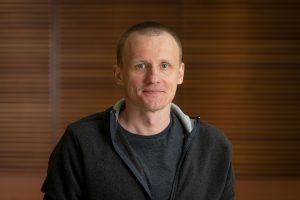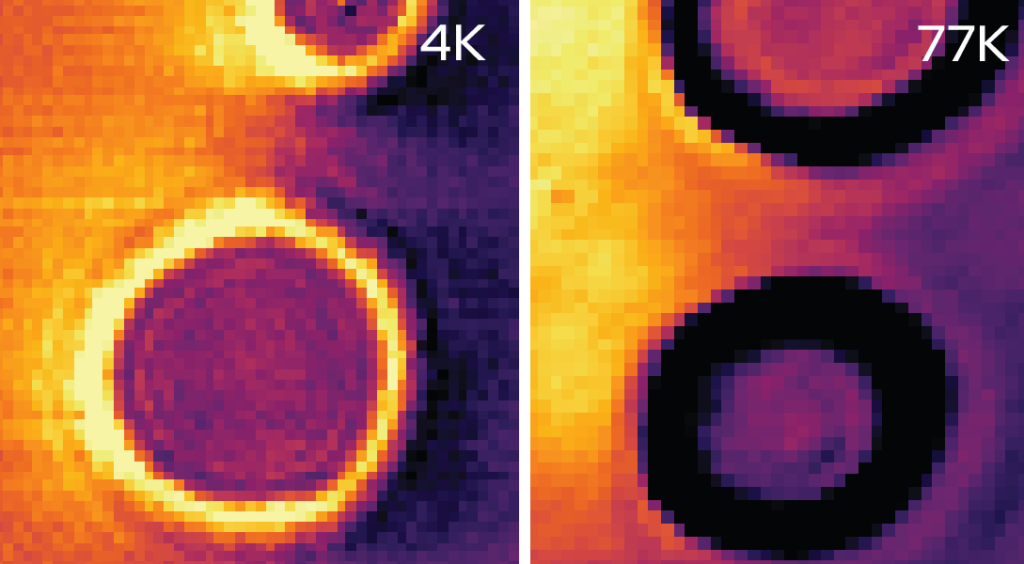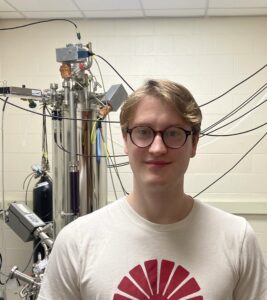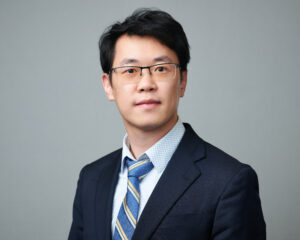
Tiancheng Song, a condensed matter experimentalist, joined the UW–Madison Physics Department as an assistant professor on May 20. His research interest lies in two-dimensional (2D) quantum materials with a focus on 2D magnetism, 2D superconductivity and 2D topology. He joins us from Princeton University where he was a Dicke Fellow and won the Lee Osheroff Richardson Science Prize. He completed his PhD at the University of Washington and his bachelor’s degree from University of Science and Technology in China. He is originally from Tianjin, China, the son of two theoretical physicists.
Please give an overview of your research.
I work on experimental condensed matter physics and am especially interested in a new family of materials called two-dimensional materials, which resemble “Quantum LEGOs” at the atomic scale. These 2D materials can be exfoliated down to the monolayer limit just using Scotch tape, and each monolayer can act like a LEGO piece. This provides us with a full LEGO set of quantum materials in two dimensions, covering a broad spectrum of emergent quantum phenomena. Within this new material platform of condensed matter physics, I’m particularly interested in three topics: magnetism, superconductivity and topology. With the new tuning knobs uniquely enabled in this new material system, we aim to study these three topics in two dimensions using those LEGOs. There will be a lot of fun because we can use them like building blocks, stack them together like LEGO toys, and uncover new physics emerging from the toys we create!
What are the first one or two research projects you’ll work on when your group is running here?
Overall, we plan to discover new 2D quantum materials, develop new measurement techniques and explore new physics in this emergent platform. We aim to combine state-of-the-art nanofabrication of 2D materials with various measurement techniques including magneto-optics, quantum transport, thermoelectrics, optoelectronics, optical spectroscopy and microscopy. Our research will explore three directions: 2D magnetism, 2D superconductivity and 2D topology.
What attracted you to Madison and the University?
The University of Wisconsin–Madison is a top public university located in a beautiful city. The Department of Physics is renowned for its exceptional research in many areas of physics. My partner also works at UW–Madison.
What is your favorite element and/or elementary particle?
I usually say Chromium or Tellurium, but this time I would say Technetium (symbol Tc and atomic number 43). This is because my name is Tiancheng, and when I was a kid, my parents called me TC just for fun. Since studying abroad, I have found my name sometimes difficult to pronounce and remember for others, because it is a bit long and complicated. So, I started using this nickname again, and I’m happy to be called TC!
What hobbies and interests do you have?
I enjoy many sports, such as badminton, tennis and swimming. For those other sports that I am not very skilled at, I enjoy watching rather than playing.
